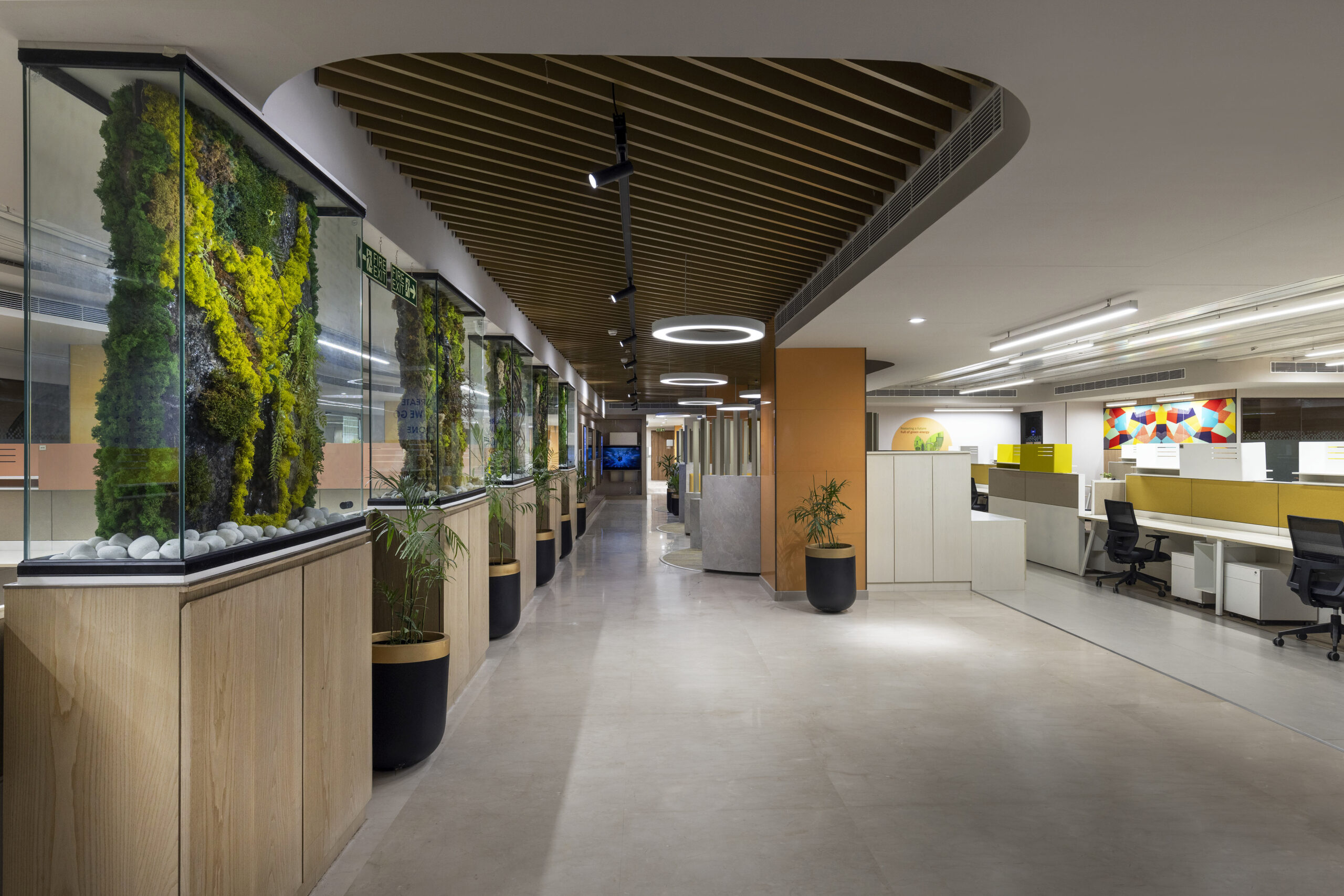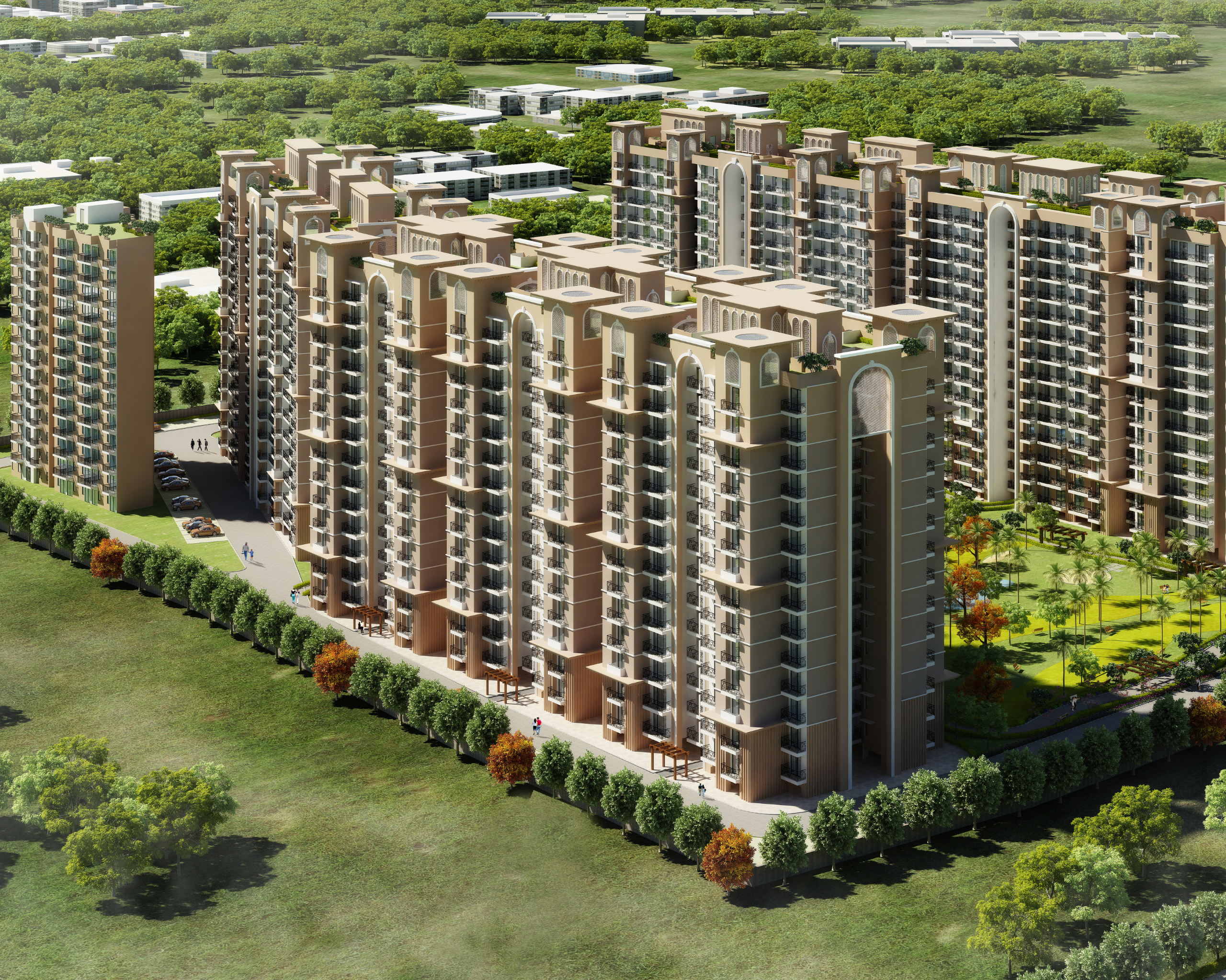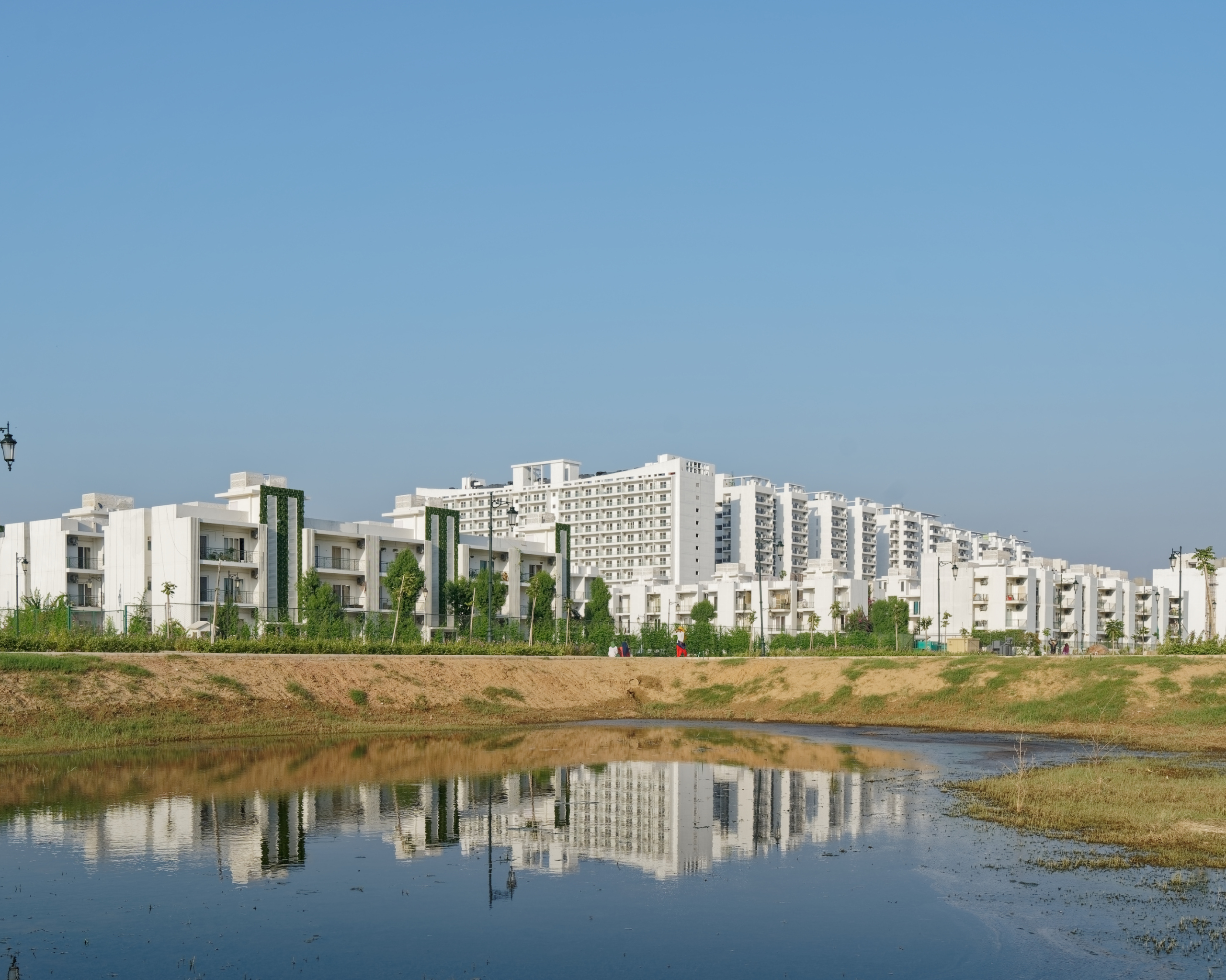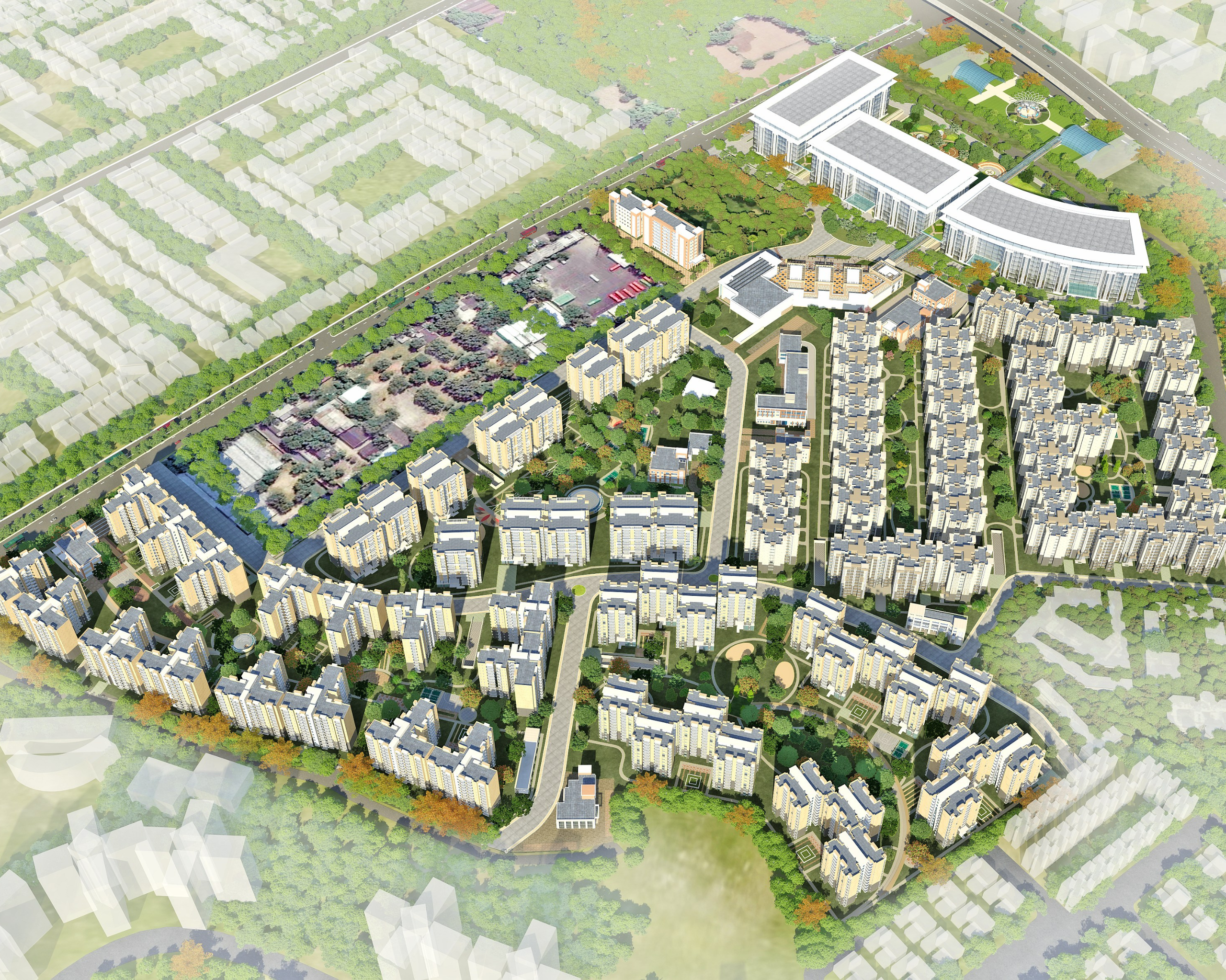The Intersection of Form and Function: Balancing Aesthetics with Practicality in Interiors

The intersection of form and function is a pivotal concept in interior design, where aesthetics and practicality are harmoniously balanced to create beautiful and functional spaces. This delicate balance is crucial in crafting interiors that appeal visually and effectively serve their occupants’ needs.
Aesthetics in interior design involves using colour, texture, lighting, and materials to create a visually pleasing environment. This includes choosing a colour palette that evokes the desired mood, selecting textures that add depth and interest, and incorporating lighting that enhances the ambience. Materials play a significant role in defining the aesthetic appeal, with natural elements like wood, stone, and fabric bringing warmth and character, while modern materials like glass and metal add a sleek, contemporary edge.
Functionality, on the other hand, focuses on the practical aspects of a space. It involves ensuring that the layout is intuitive, furniture is comfortable and appropriately scaled, and the space is equipped with the necessary amenities to support its intended use. A functional space is accessible, safe, and designed to facilitate the activities that will take place within it, which includes incorporating ample storage solutions in a family home, designing ergonomic workspaces in an office, or creating flexible, multi-use areas in a small apartment.
Balancing aesthetics and functionality requires a thoughtful approach to design. For example, a captivating but uncomfortable sofa in a living room fails to serve its purpose, just as a highly functional but unattractive one might detract from the overall appeal. The goal is to find stylish, comfortable furniture that blends form and function seamlessly. Similarly, in a kitchen, the layout should prioritise efficiency and ease of use, but this can be achieved without compromising style. Sleek, modern appliances and attractive cabinetry can enhance the space’s functionality and visual appeal.
Successful interior design also considers the specific needs and preferences of the occupants. Customising the space to reflect their tastes and lifestyles is a crucial aspect of this. It ensures that the space is aesthetically pleasing and highly functional and makes the occupants feel valued and understood. For instance, a home office designed for a creative professional might include plenty of natural light, inspiring artwork, and practical storage solutions for art supplies, balancing creativity with productivity.
Ultimately, the intersection of form and function in interior design is about creating spaces that enhance the quality of life for their occupants and bring them joy. By thoughtfully integrating aesthetics and practicality, designers can craft beautiful environments that are pleasing to look at and a pleasure to live and work in, inspiring and uplifting the spirits of those who inhabit them.




